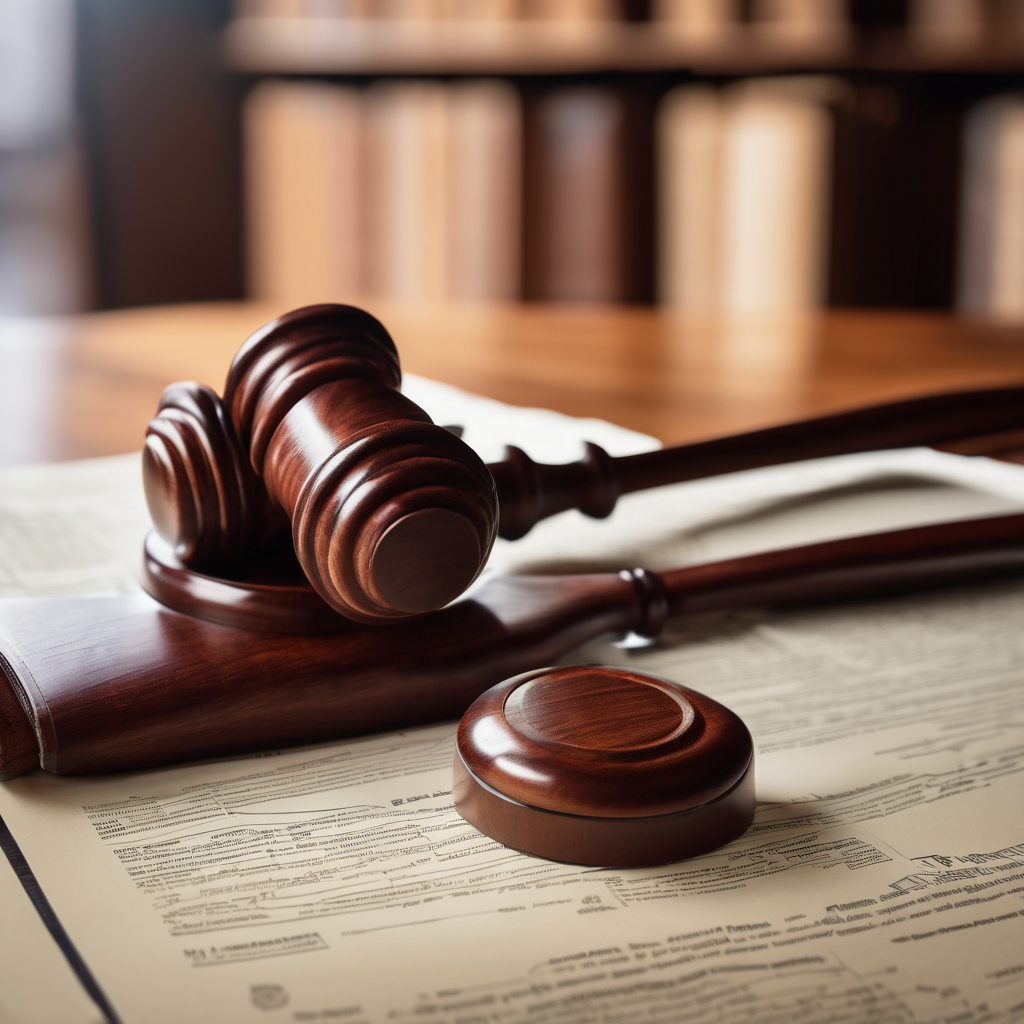The prospects for businesses to receive tariff refunds significantly improved on Wednesday following a Supreme Court hearing that raised doubts about the Trump administration’s effort to maintain most of its tariff levies. Justices from both conservative and liberal backgrounds expressed skepticism regarding the administration’s case, prompting questions about the logistics of potential refunds.
According to data from U.S. Customs and Border Protection, the federal government has amassed nearly $90 billion in revenue from the tariffs currently under scrutiny, a figure expected to continue rising until a final verdict is reached, which might take months.
During the hearing, Justice Amy Coney Barrett posed key questions about the reimbursement process, particularly concerned with how it would affect businesses beyond the five small and medium-sized companies represented by Neal Katyal, a former acting solicitor general. Katyal indicated that while those he represents would have a clear claim to refunds if they win, other businesses might encounter a complicated process to seek refunds, which may involve appealing to lower courts.
Trade attorney Thomas Beline highlighted that not all businesses would be automatically eligible for refunds. Instead, those outside Katyal’s representation may need to navigate separate appeals with lower courts to be considered for refunds. The complexities involved in calculating tariff payments might require importers to file for liquidation extensions or protests to prevent their payments from finalizing too early.
Katyal referenced a 1998 Supreme Court ruling concerning harbor maintenance fees, which provided a precedent for importers to successfully claim refunds, although it took two years to return $730 million—an amount that pales in comparison to the tens of billions at stake in the ongoing case. Experts like Ashley Akers suggested that, given the expected volume of refunds, a streamlined or automated process might be adopted by CBP, although automatic blanket refunds seem unlikely.
In a separate but related development, investment banks have been actively seeking to broker deals with importers, offering upfront cash in exchange for a percentage of potential future refunds. Some investment firms have pitched their services at steep discounts, offering businesses approximately 20% to 30% of their anticipated refunds for immediate cash influxes. This approach allows companies to mitigate their risk while awaiting court outcomes.
Kyle Peacock, a consultant who works with importers, noted an aggressive stance taken by these banks, urging businesses to accept low offers based on fear of uncertain future payouts. Reflecting on the responses from his clients, Peacock indicated that many are now dealing with second thoughts about selling their claims, while those who held off are feeling increasingly optimistic as the case develops.
As the Supreme Court deliberates, businesses find themselves at a crucial junction regarding their financial futures and the potential impact of tariff refunds. The resolution of the case could provide significant financial relief and reshape the landscape of U.S. trade policy, promising hope for a better outcome for many affected by these tariffs.
